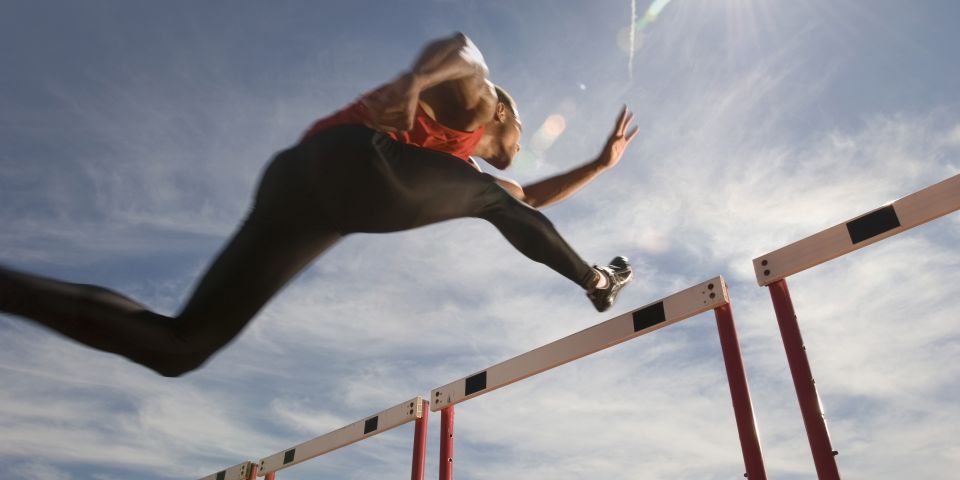External costs of energy technologies, part 1
The often-ignored difference maker
 There are numerous articles and analyses on the construction, operation, maintenance, and fuel costs of the various forms of energy that demonstrate that nuclear power is competitive with coal power generation. The articles and analyses reveal that nuclear and coal run neck-and-neck for the total cost of energy over the plant lifetimes. Buried among the numerous position statements of the American Nuclear Society is PS63, "External Costs of Energy Technologies," which addresses an additional cost not often taken into account in the calculations-external costs.
There are numerous articles and analyses on the construction, operation, maintenance, and fuel costs of the various forms of energy that demonstrate that nuclear power is competitive with coal power generation. The articles and analyses reveal that nuclear and coal run neck-and-neck for the total cost of energy over the plant lifetimes. Buried among the numerous position statements of the American Nuclear Society is PS63, "External Costs of Energy Technologies," which addresses an additional cost not often taken into account in the calculations-external costs.
ANS believes that decisions concerning national energy policy should appropriately take external costs into account. That's how PS63 begins. It is innocuous enough, and it doesn't provoke too much thought at the surface, because it seems so logical that "you should take all factors into account" when making important decisions.
If, for example, a nuclear engineer took one factor out of reactivity calculations, it could create catastrophic results. The 0.65 percent of neutrons borne delayed in uranium-235 fission-a comparatively small amount of neutrons-is exactly what makes fission controllable, and thus makes the peaceful applications of nuclear energy possible.
Understanding this logic, and the immense amount of energy that is needed to build baseload electricity capacity, I won't buy an argument from someone who says, "External costs are only a minor part of the equation." We're not talking about nuclear physics anymore, so whatever is meant by "external costs" must be compelling.
It starts with waste
External costs can be directly linked to one of the most popular questions I get from people outside of the nuclear energy industry: "So, what about the waste?" Although the issue of nuclear waste generates the most questions, there are answers. Not everyone agrees on the "right" answers, of course, but people who are educated in nuclear waste disposal/storage techniques agree that one or many of those answers is technologically viable and is safe to the public.
 One thing is for sure: The nuclear industry's answer is assuredly not "the waste goes out of the smoke stack." Unlike many other forms of energy production, the nuclear industry does have an answer to deal with the waste it generates. In the United States, the Nuclear Regulatory Commission ensures that all licensees under Title 10 of the Code of Federal Regulations know where their radioactive material is at all times. But not everyone has undying faith in the vigilance of the federal government to enforce laws and regulations-they haven't met the NRC chairman, Gregory Jaczko-so we'll talk technology here that is applicable worldwide.
One thing is for sure: The nuclear industry's answer is assuredly not "the waste goes out of the smoke stack." Unlike many other forms of energy production, the nuclear industry does have an answer to deal with the waste it generates. In the United States, the Nuclear Regulatory Commission ensures that all licensees under Title 10 of the Code of Federal Regulations know where their radioactive material is at all times. But not everyone has undying faith in the vigilance of the federal government to enforce laws and regulations-they haven't met the NRC chairman, Gregory Jaczko-so we'll talk technology here that is applicable worldwide.
The primary loop in nuclear reactors can be thought of as a closed system. No nuclear material gets added or taken out except during deliberate outages when power reactors are being serviced or refueled. When the partially-used fuel that is commonly referred to as "waste" is taken out of the reactor, it is stored. I put quotes around "waste" because there is a lot of value left in it-in fact, more than 98 percent of it remains usable after a "once-through" cycle.

La Hague
In France, the nuclear industry recycles the used fuel and vitrifies (encases it in glass) the remaining portion that some still insist on calling waste. One room in Areva's La Hague reprocessing facility, in France, contains the entire French nuclear power fleet's remaining waste after the used fuel is recycled. If you can gain access to this facility, you can slowly saunter across that room without having to worry about your health due to radiation risk, even though the vitrified waste is stored right under the floor on which you are walking.
Where else is used fuel reprocessed? Belgium, China, Germany, India, Japan, Russia, Switzerland, and the United Kingdom all reprocess, according to World Nuclear News.
In the United States, the Nuclear Waste Policy Act of 1982 (NWPA), as amended in 1987, declares Yucca Mountain in Nevada as the storage facility for the nation's used fuel-and American electricity ratepayers have been paying for such storage facility since September 1983. Regardless of what political outcome arises from the drama surrounding the NWPA or your opinion on how Yucca Mountain should be used, the nuclear energy industry is dedicated worldwide to ensuring that the public is not exposed to the used fuel that we call "waste."
[Aside: When I'm in a particularly flippant mood and not in a situation where I represent any company or organization in a formal manner, I often reply to the "What about nuclear waste?" question with, "Why don't you call your representative and senators? They've had you paying for that solution since 1983." Through this provocation is how I often get the attention of the audience to address politics vs. technically feasible solutions. End Aside.]

Cohen
If you want to talk about mining operations, not only do we see a high death/accident rate among coal miners, but a paper written by legendary Dr. Bernard Cohen, Emeritus of the University of Pittsburgh, suggests that uranium mining operations actually SAVE lives by taking that uranium out of the earth and controlling it in industrial facilities, thus reducing the overall population's exposure to radon gas.
(Part 2 of this three-part article will appear tomorrow, December 29, on the ANS Nuclear Cafe.)
***
The views expressed here are my own and do not necessarily represent the positions, strategies, or opinions of Westinghouse Electric Company LLC.

Wharton
Art Wharton is a senior project engineer at Westinghouse Electric Company LLC in the Nuclear Power Plants product line. He is a member of the ANS Planning committee, the Operations and Power Division Program committee, is a Pittsburgh Local Section past chair, and is a guest contributor to the ANS Nuclear Cafe.





